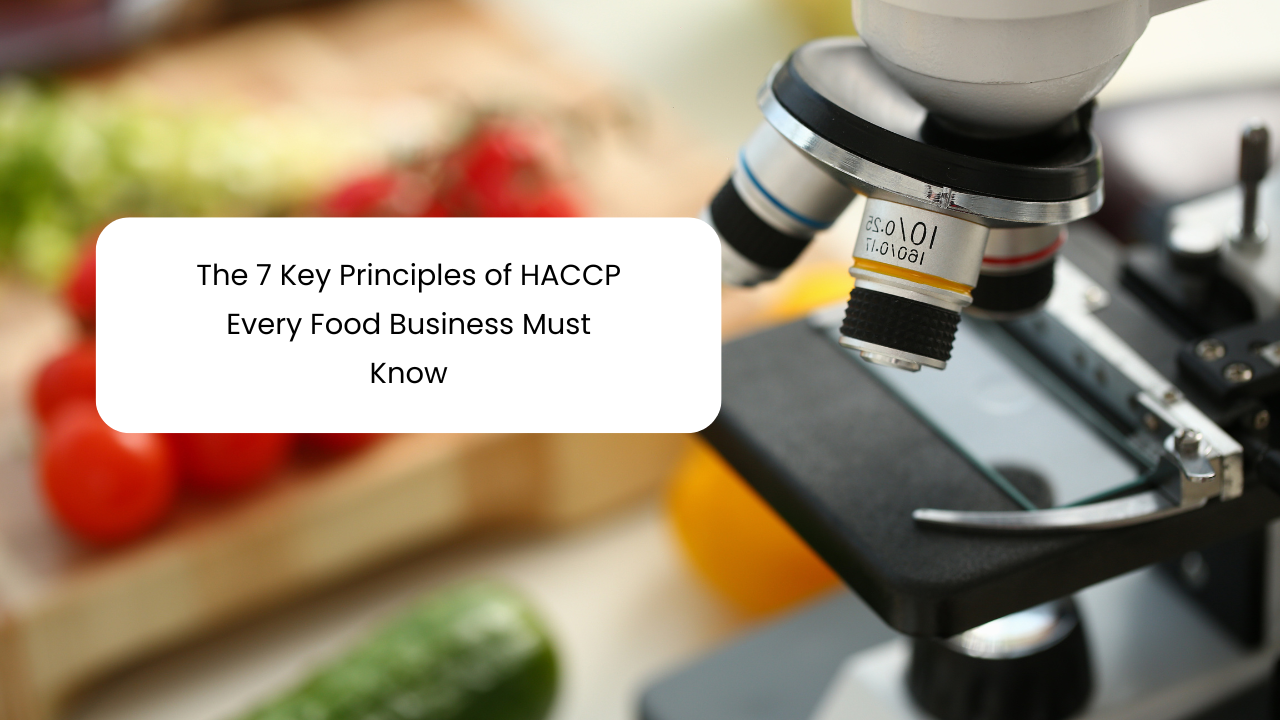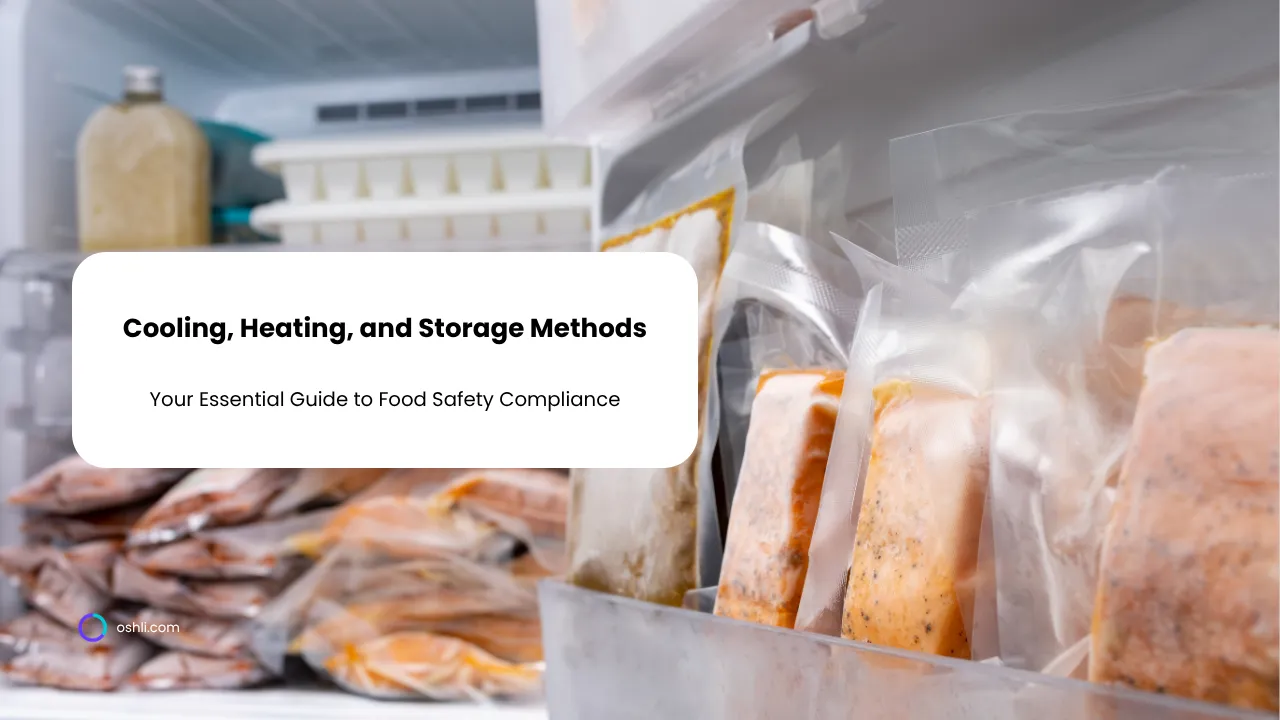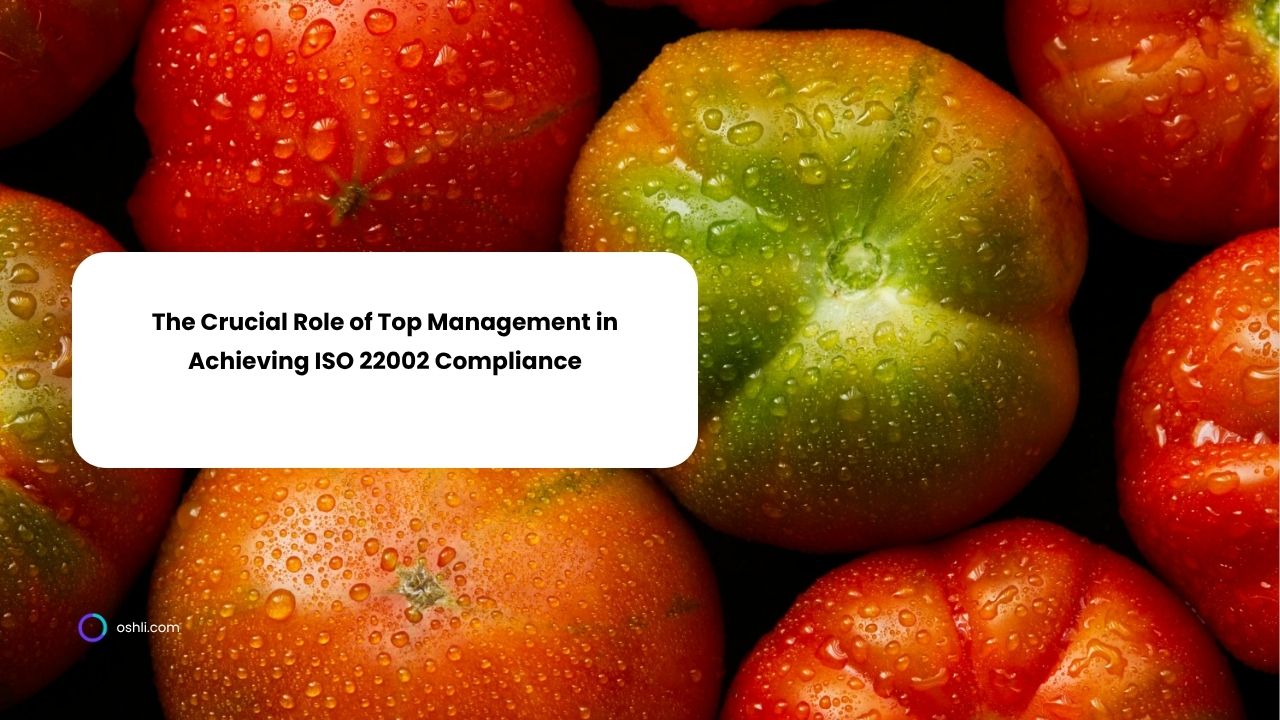
The 7 Key Principles of HACCP Every Food Business Must Know – Essential Guide
In the world of food production, safety and quality are not just regulatory requirements—they are the backbone of consumer trust and business success. As a food safety technician or food engineer, you understand the challenges of maintaining rigorous safety standards amid ever-changing production environments.
The Hazard Analysis and Critical Control Points (HACCP) system is a proactive approach to identifying, assessing, and controlling food safety hazards, and it plays a vital role in ensuring that food products are safe for consumption.
This guide is crafted with your dedication in mind. We recognize the hard work and commitment that food safety professionals put in every day to protect consumers and improve quality. In this article, we break down the 7 key principles of HACCP, providing you with clear explanations, practical strategies, and real-world insights.
Whether you're just starting with HACCP or looking to refine your current practices, this guide is designed to empower you with knowledge and actionable steps to elevate your food safety management system.
Table of Contents
- Conduct a Hazard Analysis
- Determine Critical Control Points (CCPs)
- Establish Critical Limits
- Establish Monitoring Procedures
- Establish Corrective Actions
- Establish Verification Procedures
- Establish Record Keeping and Documentation
- Conclusion
1. Conduct a Hazard Analysis
Understanding the Need for Hazard Analysis
The foundation of any effective food safety management system is a thorough hazard analysis. This process involves identifying all potential hazards that could contaminate food at any point in the supply chain—from raw materials through processing to distribution. Hazards can be biological, chemical, or physical, and recognizing them is the first step toward preventing foodborne illnesses.
Key Steps in Hazard Analysis: - Identify Hazards: Assess every stage of your production process to pinpoint where contamination might occur. Look at inputs, processing methods, and potential cross-contamination points. - Evaluate Risks: Determine the likelihood and severity of each hazard. Prioritize them based on their potential impact on consumer health. - Document Findings: Keep detailed records of the hazards identified and the assessments made. Documentation is critical for training, audits, and continuous improvement.
Empathy in Practice:
We know that conducting a hazard analysis can be overwhelming, especially when managing complex processes. However, your careful work in identifying hazards is crucial to protecting consumer health and the reputation of your business.
2. Determine Critical Control Points (CCPs)
The Role of Critical Control Points
Once hazards are identified, the next step is to determine the Critical Control Points (CCPs) in your production process—points where control can be applied to prevent, eliminate, or reduce a food safety hazard to an acceptable level. These are the “gates” in the process where proactive measures are absolutely necessary.
How to Identify CCPs: - Map the Process: Create a detailed flow diagram of your food production process to visualize every step. - Evaluate Each Step: Decide which steps are crucial in controlling the identified hazards. Not every step will be a CCP. - Set Criteria: Establish clear criteria for what constitutes a critical limit at each CCP. This might include temperature thresholds, pH levels, or time limits.
Empathetic Perspective:
Determining CCPs requires both technical expertise and careful judgment. We understand that you balance multiple factors every day, and establishing these control points helps simplify your responsibilities by clearly indicating where and how to monitor safety. Your diligence in this process safeguards both your products and the lives of consumers.
3. Establish Critical Limits
Defining Critical Limits
For every CCP, it is essential to establish critical limits—parameters that must be met to ensure food safety. These limits are measurable and based on scientific data, regulatory guidelines, and industry best practices. They act as the boundaries between safe and unsafe conditions.
Creating Effective Critical Limits: - Use Scientific Data: Base your limits on reliable scientific research and regulatory standards. - Be Specific: Critical limits should be quantitative (e.g., temperature must not exceed 5°C) so that monitoring is straightforward. - Document and Communicate: Clearly document these limits and communicate them to all staff involved in the process.
Why It Matters:
Setting precise critical limits is a cornerstone of HACCP. They empower you to take immediate action if conditions deviate from safe levels. Your attention to detail in establishing these limits demonstrates your commitment to excellence and consumer safety.
4. Establish Monitoring Procedures
Keeping a Close Eye on Critical Points
Monitoring procedures are the tools you use to track the performance of your CCPs. Regular and reliable monitoring ensures that critical limits are consistently met and that any deviations are detected quickly. This step is vital for maintaining control over your food safety system.
Best Practices for Monitoring: - Continuous or Periodic Checks: Depending on the CCP, use continuous monitoring (e.g., temperature sensors) or periodic manual checks. - Record Keeping: Maintain detailed logs of monitoring activities to facilitate audits and continuous improvement. - Training Staff: Ensure that all personnel involved in monitoring are well-trained and understand the significance of the critical limits.
Empathetic Insights:
We recognize that constant monitoring can add to your workload, but each measurement reinforces your commitment to safeguarding public health. Your proactive monitoring prevents potential hazards and builds confidence among your team and customers.
5. Establish Corrective Actions
What to Do When Things Go Off Track
Even with robust controls, deviations can occur. Establishing corrective actions ensures that when a critical limit is not met, immediate steps are taken to rectify the situation before any harm occurs. These actions serve as your safety net.
Key Elements of Corrective Actions: - Predefined Procedures: Have clear, documented actions that must be followed when a deviation is detected. - Immediate Response: Corrective actions should be swift to minimize risk, which might include stopping production, reprocessing a batch, or isolating affected products. - Investigation and Documentation: After corrective action, investigate the root cause and document the incident to prevent future occurrences.
The Value of Quick Action:
Your ability to implement corrective actions decisively is critical to the overall success of the HACCP system. It shows that you are prepared to manage risks and are committed to continuous improvement.
6. Establish Verification Procedures
Ensuring the System Works
Verification procedures are the methods used to confirm that the HACCP system is functioning effectively. This step goes beyond routine monitoring and involves periodic reviews, audits, and testing to validate that all aspects of the system are working as intended.
How to Verify Effectiveness: - Internal Audits: Regular audits of the HACCP system help identify weaknesses or areas for improvement. - Calibration of Equipment: Ensure that monitoring instruments are regularly calibrated and maintained. - Review of Records: Analyzing records and logs helps verify that corrective actions and monitoring procedures are consistently applied. - Third-Party Audits: External audits can provide an unbiased assessment of your food safety management system.
Empathy and Continuous Improvement:
Verification is a continuous process that reassures both you and your team that the system is robust. While audits and reviews may seem demanding, they are vital in demonstrating that every effort is made to protect public health.
7. Establish Record Keeping and Documentation
The Importance of Documentation
Accurate and thorough documentation is the final key principle of HACCP. It not only supports compliance with regulatory standards but also provides a valuable resource for training, auditing, and continuous improvement. Documentation ensures that every step of the process is recorded, enabling traceability and accountability.
Best Practices for Record Keeping: - Detailed Logs: Keep comprehensive records of all monitoring activities, corrective actions, and verification procedures. - Accessible Documentation: Ensure that all relevant documents are easily accessible to authorized personnel. - Regular Review: Periodically review and update documentation to reflect changes in processes or improvements in safety protocols. - Use of Digital Tools: Consider implementing digital record-keeping systems to streamline the process and enhance data accuracy.
Your Role in Documentation:
We know that documentation can sometimes feel tedious, but it is one of the most critical components of a successful HACCP system. Your careful record-keeping not only protects consumers but also demonstrates your commitment to safety and quality, reinforcing trust in your processes and products.
Conclusion
Implementing the 7 key principles of HACCP is a demanding yet profoundly rewarding process. As a food safety technician or food engineer, your role in safeguarding public health and ensuring the quality of food products cannot be overstated. From conducting thorough hazard analyses to maintaining rigorous documentation, each principle serves as a cornerstone in building a robust food safety management system.
By embracing a risk-based approach and committing to continuous monitoring, corrective actions, and regular verification, you create a framework that not only meets regulatory requirements but also elevates the overall standards of food safety in your organization.
Every proactive step you take—from identifying potential hazards to ensuring that all processes are meticulously documented—contributes to a culture of safety and excellence. In a world where food safety is paramount, your expertise and dedication are the foundation of a secure, high-quality food supply chain.
Together, let’s continue to innovate, improve, and lead by example—ensuring that every food product reaching consumers is safe, nutritious, and of the highest quality.
Join our newsletter!
Enter your email to receive our latest news.
Don't worry, we don't spam
Related Articles

Guide to Developing a Professional Checklist for ISO 45001 Diagnostic Audits
The ISO 45001 standard establishes a framework for Occupational Health and Safety Management Systems (OHSMS), aiming to enhance employee safety, reduce workplace risks, and create safer working conditions. A diagnostic audit aligned with ISO 45001 is a proactive approach that allows organizations to assess current compliance, identify weaknesses, and prioritize improvements. Central to this process is a professionally structured checklist that ensures consistency, accuracy, and depth in audit execution.

Cooling, Heating, and Storage Methods: Your Essential Guide
Discover how to create a cooling, heating, and storage methods template to ensure food safety, meet compliance, and optimize temperature control with free templates.

The Crucial Role of Top Management in Achieving ISO 22002 Compliance
Explore how top management's leadership drives ISO 22002 compliance, ensuring robust food safety management through commitment, policy, and oversight.


